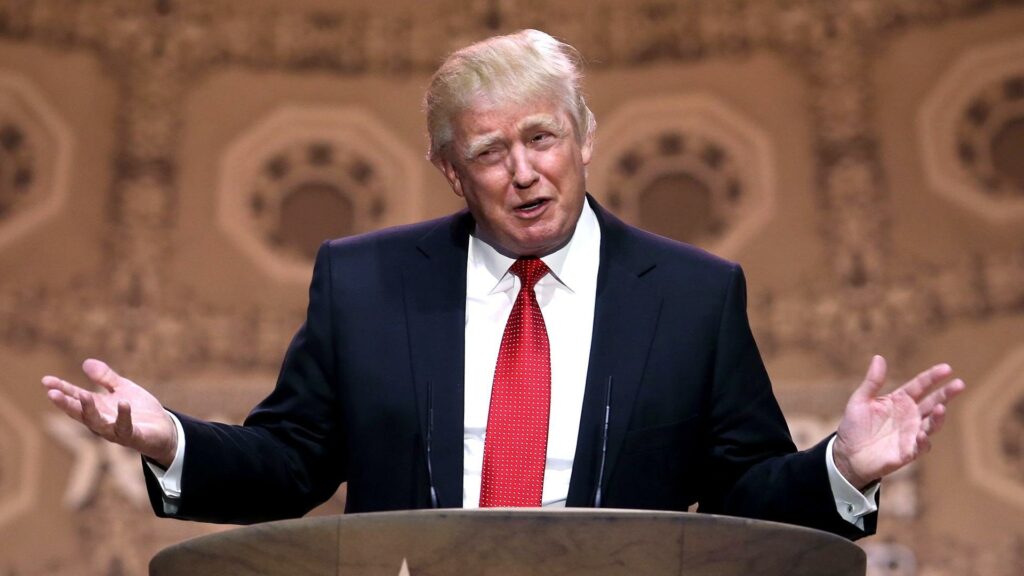US President Donald Trump’s sweeping new tariffs targeting over 90 countries officially took effect at midnight in Washington, DC, marking a dramatic escalation in his administration’s aggressive trade policy. The move affects a wide range of trading partners and industries, from Asian manufacturing hubs to major energy exporters.
“IT’S MIDNIGHT!!! BILLIONS OF DOLLARS IN TARIFFS ARE NOW FLOWING INTO THE UNITED STATES OF AMERICA!,” Trump declared on social media, signaling the administration’s intention to reset global trade relationships in favor of what he calls “reciprocal tariffs.”
India was singled out with a 50% tariff, which will begin on August 27 unless it ceases purchases of Russian oil. New Delhi called the measure “unfair, unjustified and unreasonable,” highlighting growing tensions between the two strategic partners.
Trump has also threatened a 100% tariff on foreign-made semiconductors to encourage investment in US-based manufacturing. Companies like Apple, under mounting pressure, have announced new domestic investments, with the tech giant pledging $100 billion for US operations.
Southeast Asian countries heavily reliant on exports—like Laos and Myanmar—were hit hardest, facing levies as high as 40%. Economists believe many of the affected nations have close trade ties with China, suggesting a strategic angle in Trump’s tariff calculations.
Major economies such as the UK, Japan, and South Korea have already negotiated reduced tariffs, while the EU accepted a 15% levy under a framework deal with Washington. Taiwan received a 20% rate but is still in negotiations. Notably, semiconductor giants TSMC, SK Hynix, and Samsung are reportedly exempt from the new tariffs.
Trump also raised tariffs on Canada to 35%, citing its failure to stem drug trafficking, though many Canadian exports remain protected under the USMCA. Tariffs on Mexico have been paused for 90 days as talks continue.
Brazil, too, was slapped with a 50% tariff after Trump accused its leadership of unfairly targeting US tech firms and criticized legal actions against former President Bolsonaro.
As the 90-day US-China tariff pause nears expiration on August 12, analysts warn of further volatility. Economist Bert Hofman notes, “This is supposed to be it. Now you can start to analyse the impact of the tariffs.”

